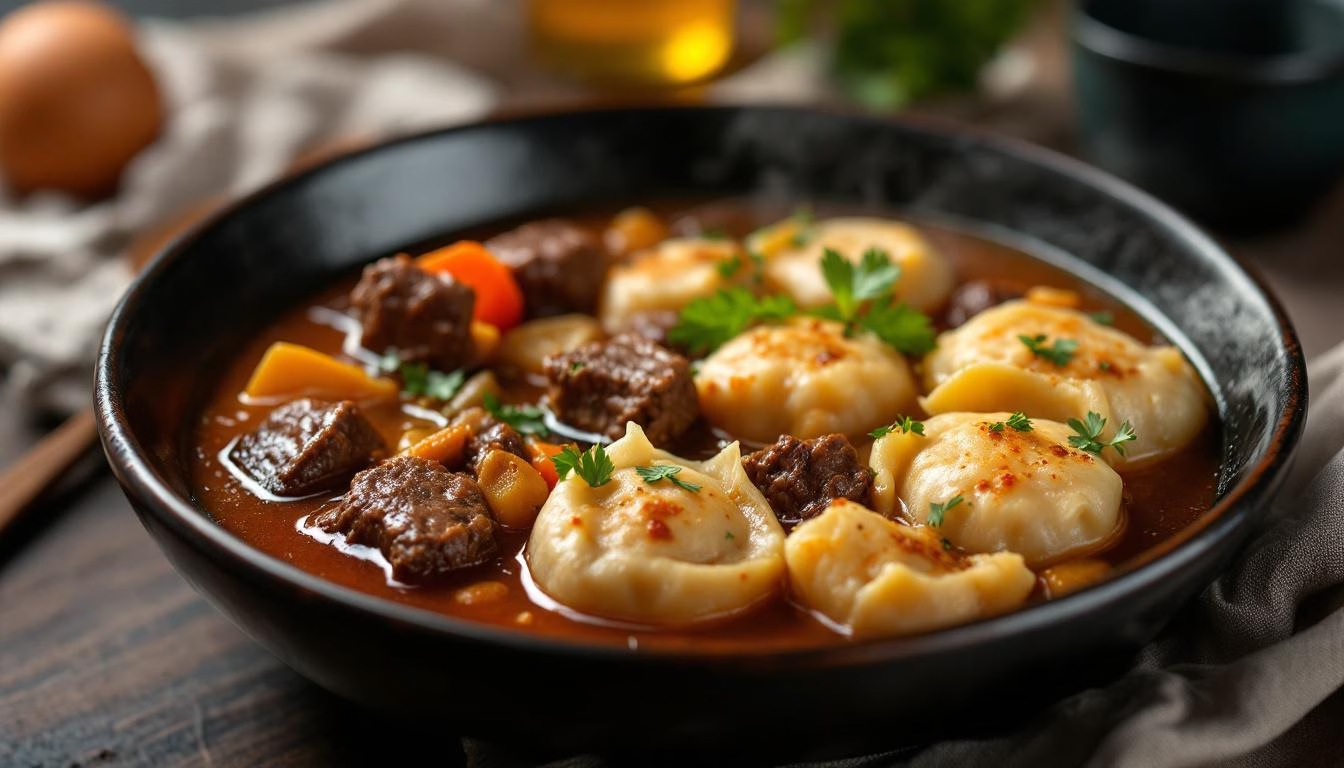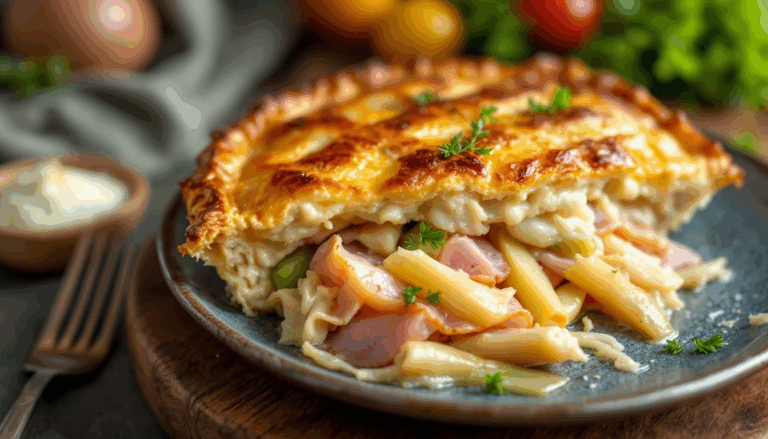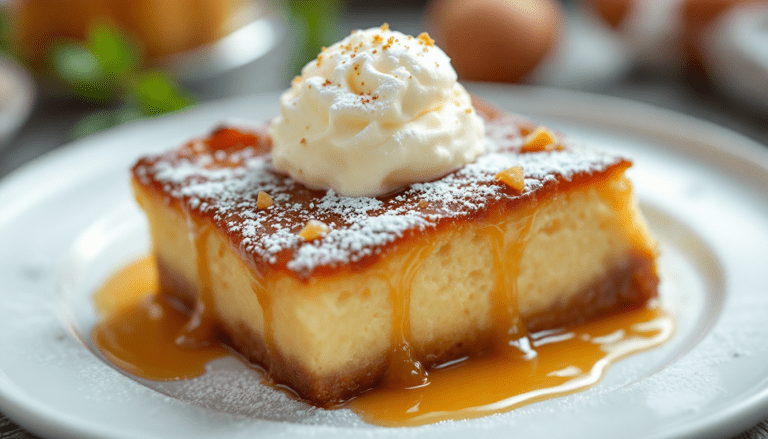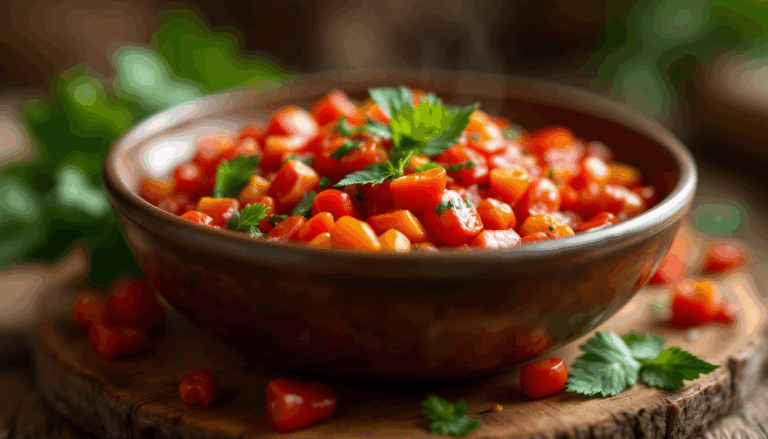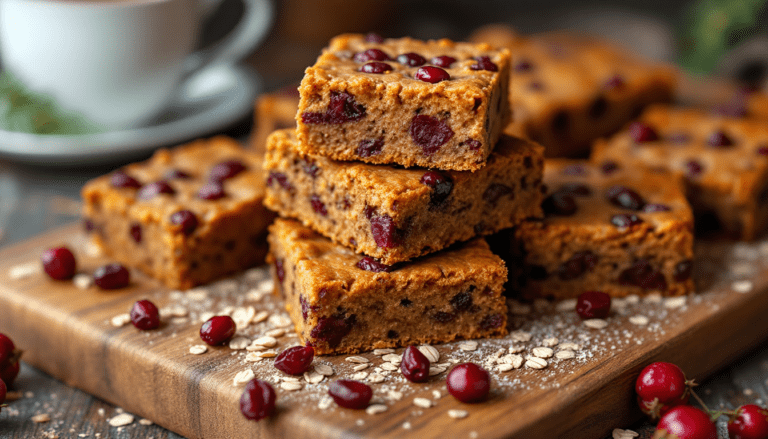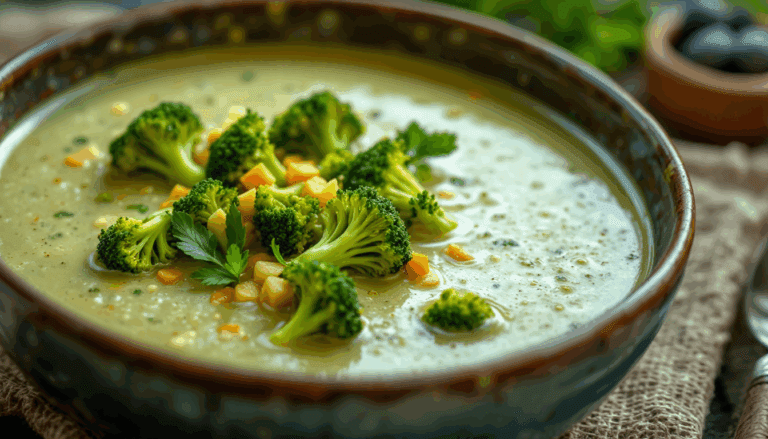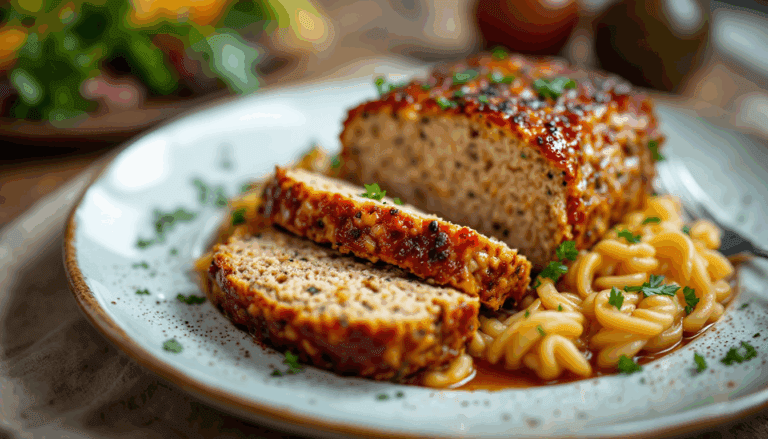Homemade Beef Dumpling Stew Recipe
One-Pot Beef Dumpling Stew Recipe for Family Dinners – I’m going to tell you about the day I almost gave up on cooking entirely, which is saying something for someone who literally writes about food for a living.
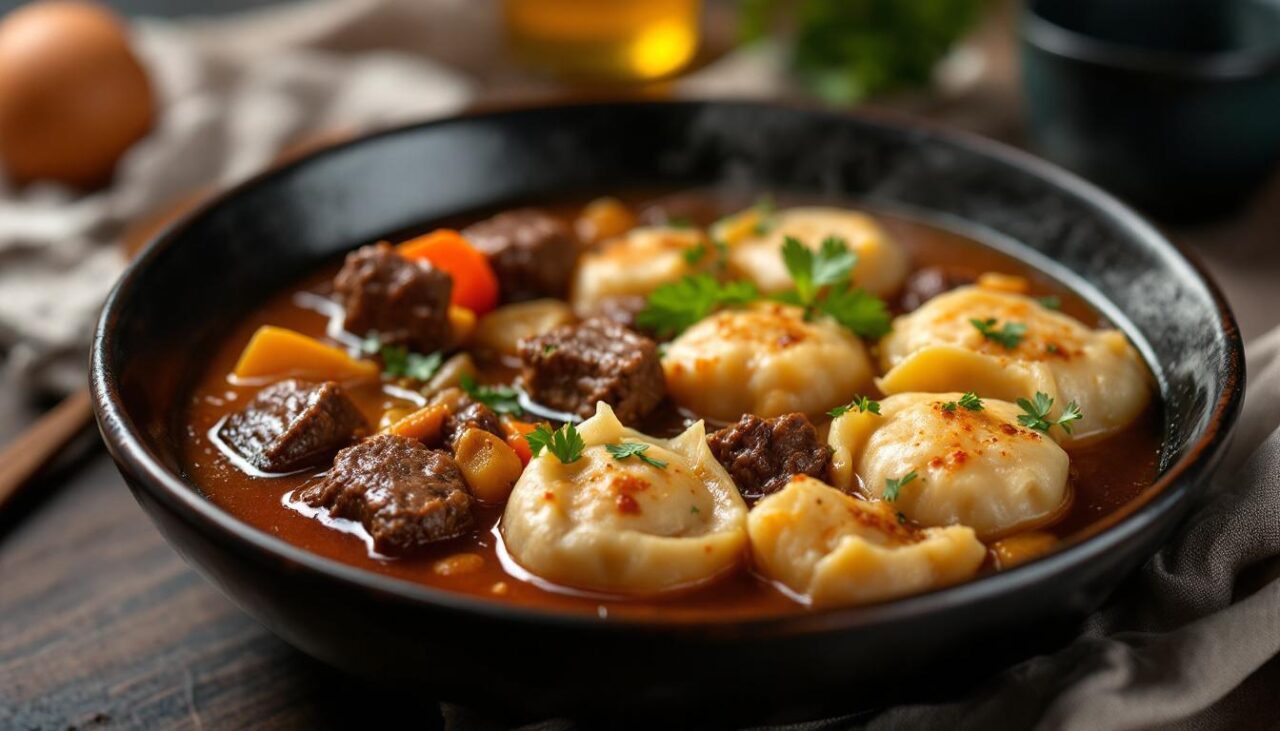
Beef Dumpling Stew
Ingredients
- 2 tablespoons olive oil
- 25g butter
- 750g beef, cubed
- 2 tablespoons plain flour
- 2 cloves garlic, minced
- 175g onions, chopped
- 150g celery, chopped
- 150g carrots, chopped
- 2 leeks, chopped
- 200g swede, chopped
- 150ml red wine
- 500ml beef stock
- 2 bay leaves
- 3 tablespoons thyme
- 3 tablespoons parsley, chopped
- 125g plain flour (for dumplings)
- 1 teaspoon baking powder
- 60g suet
- Splash of water
- Salt and pepper to taste
- Worcestershire sauce to taste
- Balsamic vinegar to taste
Instructions
- Preheat the oven to 180C/350F/Gas 4.
- For the beef stew, heat the oil and butter in an ovenproof casserole and fry the beef until browned on all sides.
- Sprinkle over the flour and cook for a further 2-3 minutes.
- Add the garlic and all the vegetables and fry for 1-2 minutes.
- Stir in the wine, stock and herbs, then add the Worcestershire sauce and balsamic vinegar, to taste. Season with salt and freshly ground black pepper.
- Cover with a lid, transfer to the oven and cook for about two hours, or until the meat is tender.
- For the dumplings, sift the flour, baking powder and salt into a bowl. Add the suet and enough water to form a thick dough.
- With floured hands, roll spoonfuls of the dough into small balls.
- After two hours, remove the lid from the stew and place the balls on top of the stew. Cover, return to the oven and cook for a further 20 minutes, or until the dumplings have swollen and are tender.
- To serve, place a spoonful of mashed potato onto each of four serving plates and top with the stew and dumplings. Sprinkle with chopped parsley.
Nutrition
It was one of those January afternoons when the sky looked like dirty dishwater and my kitchen felt more like a crime scene than a place where magical things happen.
My kids were bouncing off the walls (because heaven forbid they go outside when it’s below 40 degrees), my husband was traveling for work, and I’d already ordered takeout three times that week.
I stood there, staring into my fridge like it might suddenly reveal the secrets of the universe — or at least something that resembled dinner.
That’s when I spotted the package of beef chuck roast I’d bought with such optimism the week before, now staring back at me accusingly from behind a wilted head of lettuce.
I could have easily thrown it in the slow cooker with some random vegetables and called it a day, but something about the grayness of everything made me crave something more substantial, more nurturing.
Something that would fill the house with the kind of smell that makes you forget about the chaos outside and remember why cooking can feel like the ultimate act of self-care.
Enter this beef dumpling stew recipe — a gloriously uncomplicated dish that somehow manages to feel both rustic and elegant, like wearing your favorite worn jeans with a cashmere sweater.
It’s the kind of meal that transforms your kitchen into the coziest place on earth and makes you feel like you’ve got your life together, even when evidence suggests otherwise.
Traditional Beef Dumpling Stew Recipe That Feeds the Soul
This particular beef dumpling stew recipe has its roots firmly planted in British comfort food tradition, which means it was designed by people who understood that sometimes you need food that wraps around you like a warm hug.
The British have always excelled at turning humble ingredients into something deeply satisfying — it’s a culinary philosophy born from necessity but perfected through generations of home cooks who knew that good food doesn’t have to be complicated to be extraordinary.
What I love most about this dish is how it represents everything that’s wonderful about slow cooking: the way tough cuts of beef transform into silky, fall-apart pieces; how vegetables become sweet and tender while still holding their shape; and most importantly, how simple flour-and-suet dumplings puff up into clouds of carbohydrate heaven that soak up all those rich, wine-dark juices.
It’s a complete meal that requires patience rather than skill, which makes it perfect for those days when you want to feel accomplished without actually having to think too hard.
The beauty of a beef dumpling stew recipe like this one lies in its forgiving nature — you can adjust vegetables based on what’s lurking in your crisper drawer, use whatever wine you have open (or would be willing to open), and even mess up the timing a bit without disaster striking.
It’s the kind of recipe that adapts to your life rather than demanding you reorganize everything around it.
Essential Ingredients for the Perfect Beef Dumpling Stew
Before we dive into the step-by-step process, let’s talk about what you’ll need to create this warming masterpiece.
The ingredient list might look long, but I promise most of these are pantry staples you probably already have, and the rest are easy to find at any grocery store.
For the Beef Stew Base
The foundation of any great beef dumpling stew recipe starts with quality beef chuck roast — about 750g (roughly 1.5 pounds) cut into generous chunks.
Don’t trim away all the fat; you’ll thank me later when that marbling melts down and adds richness to your stew.
You’ll also need 2 tablespoons of olive oil and 25g of butter for browning, plus 2 tablespoons of plain flour for thickening.
For aromatics and vegetables, gather 2 cloves of minced garlic, 175g of onions (about 1 large onion), 150g each of celery and carrots, 2 chopped leeks, and 200g of swede (rutabaga if you’re in the US).
The liquid components include 150ml of red wine and 500ml of good-quality beef stock.
For herbs and seasonings, you’ll need 2 bay leaves, 3 tablespoons of fresh thyme, salt, freshly ground black pepper, and a splash each of Worcestershire sauce and balsamic vinegar.
For the Fluffy Dumplings
The dumpling component of this beef dumpling stew recipe requires 125g of plain flour, 1 teaspoon of baking powder, a pinch of salt, 60g of suet (the secret to truly fluffy dumplings), and just enough water to bring everything together.
Don’t worry if you can’t find suet — I’ll give you alternatives in the tips section.
Step-by-Step Instructions for Beef Dumpling Stew Perfection
Now comes the fun part — actually making this soul-warming beef dumpling stew recipe.
The process is straightforward, but there are a few key techniques that will elevate your stew from good to absolutely spectacular.
Preparing and Browning the Beef
Start by preheating your oven to 180°C (350°F/Gas 4).
This might seem premature, but trust me — once you get the stew assembled, you’ll want it in the oven immediately to maintain momentum.
Heat the olive oil and butter in a large, ovenproof casserole or Dutch oven over medium-high heat.
While it’s heating, pat your beef chunks completely dry with paper towels — this is crucial for proper browning.
Season the beef generously with salt and pepper, then add it to the hot fat in a single layer, working in batches if necessary to avoid overcrowding.
Here’s where patience pays off: let the beef brown properly on all sides without moving it around constantly.
You want deep, caramelized color because that’s where the flavor lives.
This should take about 8-10 minutes total.
Remove the browned beef to a plate and set aside — don’t worry that it’s not cooked through; it’ll finish in the oven.
Building the Flavor Foundation
With all that lovely browned beef fond (those crispy brown bits) stuck to the bottom of your pot, sprinkle the flour directly into the remaining fat and cook for 2-3 minutes, stirring constantly.
This creates a light roux that will thicken your stew naturally and eliminate any raw flour taste.
Add the minced garlic and all your chopped vegetables — onions, celery, carrots, leeks, and swede.
Cook for just 1-2 minutes until they start to soften slightly and become fragrant.
Don’t rush this step; you’re building layers of flavor that will make your beef dumpling stew recipe sing.
The Magic of Deglazing and Seasoning
Pour in the red wine and use a wooden spoon to scrape up all those beautiful browned bits from the bottom of the pot.
This deglazing process is where magic happens — all that concentrated flavor gets redistributed throughout your stew base.
Let the wine bubble for a minute or two to cook off the harsh alcohol.
Add the beef stock, bay leaves, thyme, and return the browned beef to the pot along with any accumulated juices.
Stir in a splash of Worcestershire sauce and balsamic vinegar to taste — start with just a teaspoon of each and adjust from there.
The Worcestershire adds umami depth while the balsamic provides a subtle sweetness that balances the richness.
Season with salt and freshly ground black pepper, but go easy on the salt since it will concentrate as the stew cooks.
Cover with a tight-fitting lid, transfer to your preheated oven, and cook for about 2 hours, or until the beef is fork-tender and falling apart.
Creating the Perfect Dumplings
While your stew is doing its slow-cooking magic, you can prepare the dumpling mixture.
In a medium bowl, sift together the flour, baking powder, and a generous pinch of salt.
Add the suet and mix with a fork until it resembles coarse breadcrumbs.
Gradually add just enough cold water to form a soft, slightly sticky dough — start with about 3-4 tablespoons and add more as needed.
The dough should hold together when squeezed but not be so wet that it’s unworkable.
With floured hands (this is important to prevent sticking), roll spoonfuls of the dough into walnut-sized balls.
The Final Assembly
After your stew has cooked for 2 hours, carefully remove it from the oven and take off the lid.
The beef should be tender enough to cut with a fork, and the vegetables should be soft but not mushy.
Gently nestle the dumpling balls on top of the stew, leaving space between them for expansion.
Here’s a crucial decision point in this beef dumpling stew recipe: if you want pale, steamed dumplings, replace the lid and return to the oven for 20 minutes.
If you prefer golden-topped dumplings with a bit of texture contrast (which I highly recommend), leave the lid off.
The choice is yours, but I’m team golden-top all the way.
Pro Tips for Beef Dumpling Stew Success
After making this beef dumpling stew recipe more times than I care to count, I’ve learned a few tricks that consistently produce better results.
Temperature and Timing Wisdom
First, resist the urge to check on your stew constantly during that initial 2-hour cooking period.
Every time you lift the lid, you’re releasing heat and steam, which extends the cooking time.
Trust the process and let the oven do its work.
Second, if your beef isn’t quite tender after 2 hours, don’t panic.
Some cuts need longer, and oven temperatures can vary.
Simply cover and continue cooking in 30-minute increments until the meat yields easily to a fork.
Dumpling Perfection Secrets
For the fluffiest dumplings, make sure your suet is properly incorporated and your hands are well-floured when shaping.
If you can’t find suet, you can substitute with very cold, grated butter, but the texture will be slightly different — still delicious, just denser.
Also, don’t make your dumpling balls too large; they’ll nearly double in size during cooking.
Aim for walnut-sized rather than golf ball-sized to ensure they cook through properly.
Wine and Stock Substitutions
If you prefer not to use wine in your beef dumpling stew recipe, simply replace it with additional beef stock and add an extra splash of balsamic vinegar for depth.
The result will be different but equally delicious.
For the richest flavor, use homemade beef stock if you have it, but high-quality store-bought stock works perfectly well.
Just avoid anything labeled “broth” as it tends to be too thin for this application.
Make-Ahead and Storage Strategies
This stew actually improves overnight in the refrigerator, making it perfect for meal prep.
However, I recommend making the dumplings fresh rather than storing them with the stew, as they can become gummy when reheated.
Creative Variations to Make This Recipe Your Own
One of the things I love most about this beef dumpling stew recipe is how adaptable it is to different tastes and dietary needs.
Vegetable Variations
Feel free to swap in whatever vegetables you have on hand or prefer.
Parsnips work beautifully in place of or alongside the swede, mushrooms add an earthy depth, and turnips provide a slightly peppery note.
Root vegetables are your friend here — they hold up well to long cooking and become sweet and tender.
Herb and Seasoning Adaptations
While thyme and bay leaves provide the classic British flavor profile, you can experiment with rosemary for a more Mediterranean feel, or add a touch of smoked paprika for warmth and depth.
Fresh herbs always trump dried when possible, but don’t let the lack of fresh herbs stop you from making this dish.
Dumpling Flavor Variations
Plain dumplings are wonderful, but you can easily jazz them up by adding chopped fresh herbs, grated cheese, or even a pinch of horseradish powder to the dumpling mixture.
Just remember that additions will affect the texture slightly, so don’t go overboard.
International Inspired Twists
For an Irish-inspired version, add a bottle of stout instead of red wine and include some diced potatoes.
A French twist might include mushrooms, a splash of cognac, and herbs de Provence.
The basic technique remains the same; you’re just playing with flavor profiles.
What to Expect: Realistic Outcomes and Serving Suggestions
Let me be completely honest about what you can expect from this beef dumpling stew recipe, because I believe in setting realistic expectations rather than promising perfection that might not match your reality.
First, this is not a quick dinner solution.
From start to finish, you’re looking at about 3 hours, most of which is hands-off oven time.
But here’s the thing — it’s exactly the kind of cooking that fits beautifully into a weekend afternoon when you want to fill your house with amazing smells while you tackle other tasks.
The result should be beef so tender it falls apart at the touch of a fork, vegetables that have melded into the rich, wine-dark sauce while still maintaining their individual character, and dumplings that are fluffy inside with whatever level of golden crust you chose.
The sauce will be thick enough to coat a spoon but not gluey, and the whole thing should taste like comfort itself.
Serve this beef dumpling stew recipe over a mound of creamy mashed potatoes (as suggested in the original recipe) or alongside crusty bread for sopping up every last drop of that glorious sauce.
A simple green salad with sharp vinaigrette provides a nice acidic contrast, but honestly, this stew is so complete on its own that you don’t need much else.
Leftovers (if you’re lucky enough to have any) are arguably even better the next day, though I recommend gently reheating on the stovetop with a splash of additional stock if needed.
And remember — cooking is about nourishment, not perfection.
Even if your dumplings aren’t Instagram-worthy or your vegetables are slightly more tender than intended, you’ve still created something wonderful that will feed people you care about.
Sometimes that’s exactly enough.

